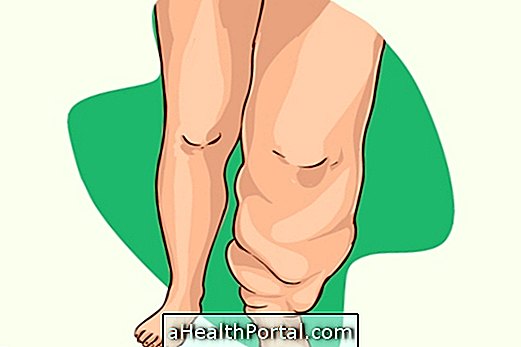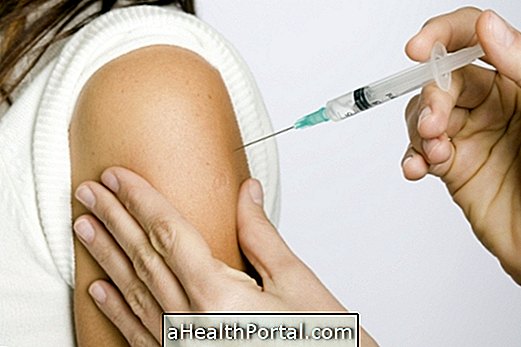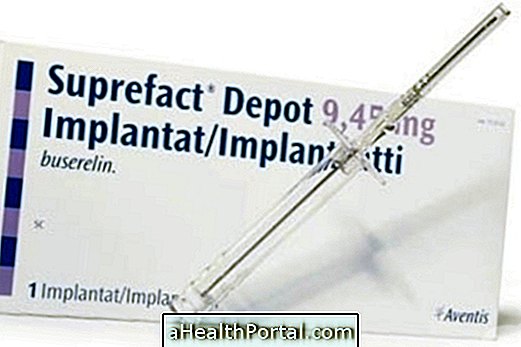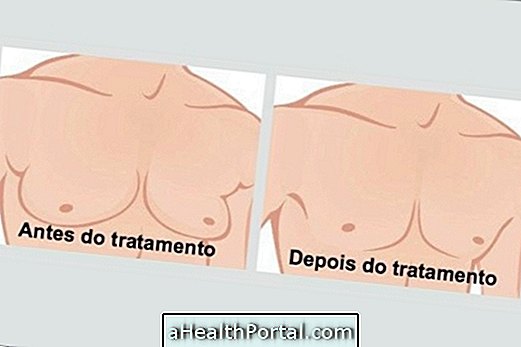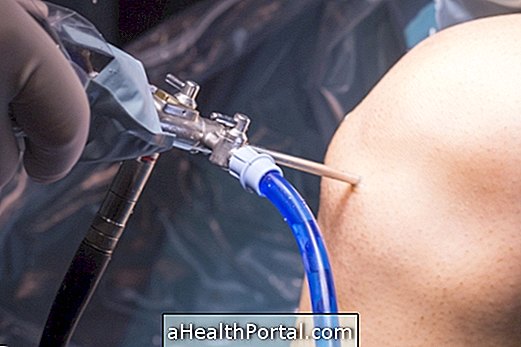After a major weight loss, such as bariatric surgery, excess skin may appear in some places in the body, such as the abdomen, arms, legs, breasts and buttocks, which can leave the body looking flabby and little silhouette set.
In these cases, it is indicated the restorative surgery, or dermolipectomy, that can even be done for free by plastic surgery services of SUS and also has coverage of health plans. However, for this, the surgery must correct problems that excess skin can cause, such as dermatitis in the folds, imbalance and difficulty in movement, not being only made with the intention of improving the aesthetic appearance.
Already in cases where the person just wants to improve the aesthetics of the body, this type of surgery can be done in private clinics.

When to have surgery
Restorative surgery is usually done in cases of fast weight loss, such as after bariatric surgery. In these cases, the skin, which has been stretched by excess fat and does not contract completely, causes complications, not only aesthetic, but interferes with the person's ability to move and accumulates sweat and dirt, causing rashes and fungal infections.
In addition, in order to perform this surgery, it is also important to meet the following requirements:
- Being with the weight stabilized, without being in the process of losing weight, because the sagging may reappear;
- Do not have a tendency to regrow, because the skin can be stretched again and there is more flaccidity and stretch marks;
- T er commitment and desire to maintain a healthy life, with practice of physical activities and balanced nutrition.
To perform the surgery for free or with coverage by the health plan, the plastic surgeon should make a report that demonstrates the need of the person, and may also need to undergo the evaluation of an expert physician for confirmation.
What type of plastic is most indicated
Dermolipectomy is the surgery for the removal of excess skin, and there are several types according to the place to be operated, being indicated by the plastic surgeon according to the degree of flaccidity and the need of each person. The main types, which can be done alone or in combination are:
1. Abdominoplasty
Also known as abdominal dermolipectomy, this surgery removes excess skin formed in the abdomen after slimming, which becomes quite flaccid and causes the so-called apron belly.
The abdominoplasty is done by pulling on the skin and removing the excess part, and can be done in conjunction with liposuction or with the joining of the abdominal muscles, to reduce the volume of the belly and thin the waist, giving a leaner and young. Understand how step-by-step abdominoplasty is done.
2. Mammoplasty
With mammoplasty, the plastic surgeon repositions the breasts, removing excess skin and leaving them looking firmer. This surgery is also known as mastopexy, and can be done alone, or with the placement of silicone prostheses, which can increase breasts, for women as they wish.
3. Body contour surgery
Also known as a body lift, this surgery corrects the sagging of various body locations at once, such as the trunk, abdomen and legs, giving a more toned and outlined appearance to the body.
This surgical procedure can also be done in conjunction with liposuction, which helps to remove excess localized fat, thinning the waist and causing a better looks.

4. Lifting of arms or thighs
This type of surgery is also called dermolipectomy of the arms or thighs, as it removes excess skin that damages the aesthetics and makes it difficult to move and disrupts professional and day-to-day activities.
In these cases, the skin is stretched and repositioned, to reshape the desired region. Understand how the surgery is done and how the thigh lift works.
5. Facial Lifting
This procedure removes excess sagging and fat that falls on the eyes, cheeks and neck, helping to soften the wrinkles and rejuvenate the face.
The facelift is very important to improve the self-esteem and well-being of the person who has undergone a very intense weight loss. Learn more about how the face lift is done.
How is recovery from surgery?
The repair surgery lasts about 2 to 5 hours, with general or local anesthesia, which varies according to the type of procedure and if there are other associated techniques, such as liposuction.
The hospitalization time is about 1 day, needing to rest at home for a period of 15 days up to 1 month.
During the recovery period it is recommended to use analgesic pain medications prescribed by the physician, to avoid carrying weight and to return to the return appointments scheduled by the surgeon for reassessment, usually after 7 to 10 days. Check out what other care you should take after this type of surgery.


